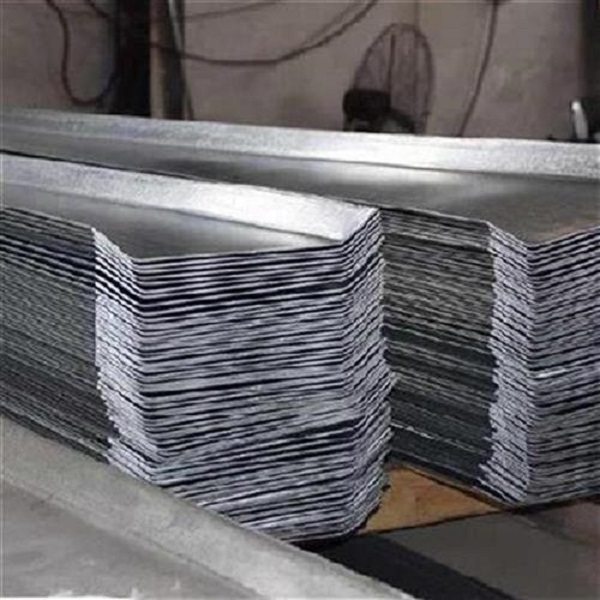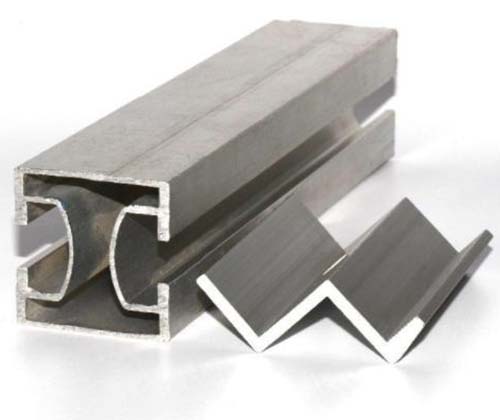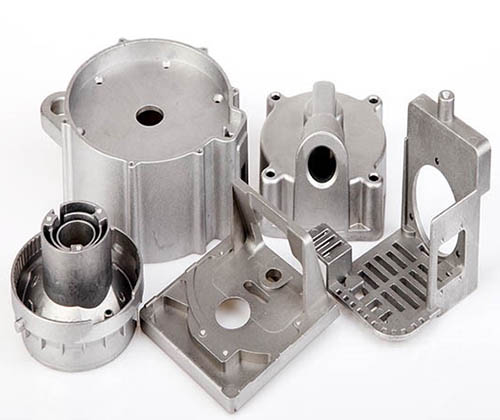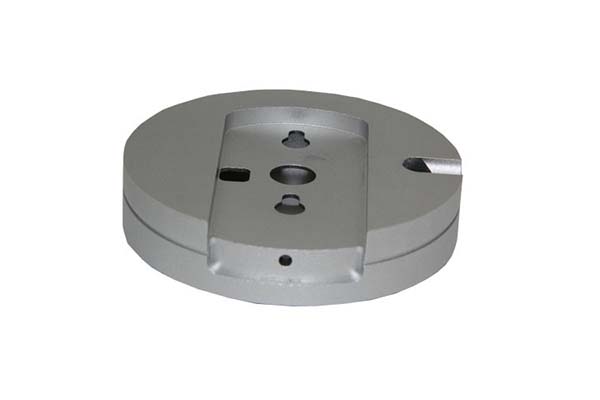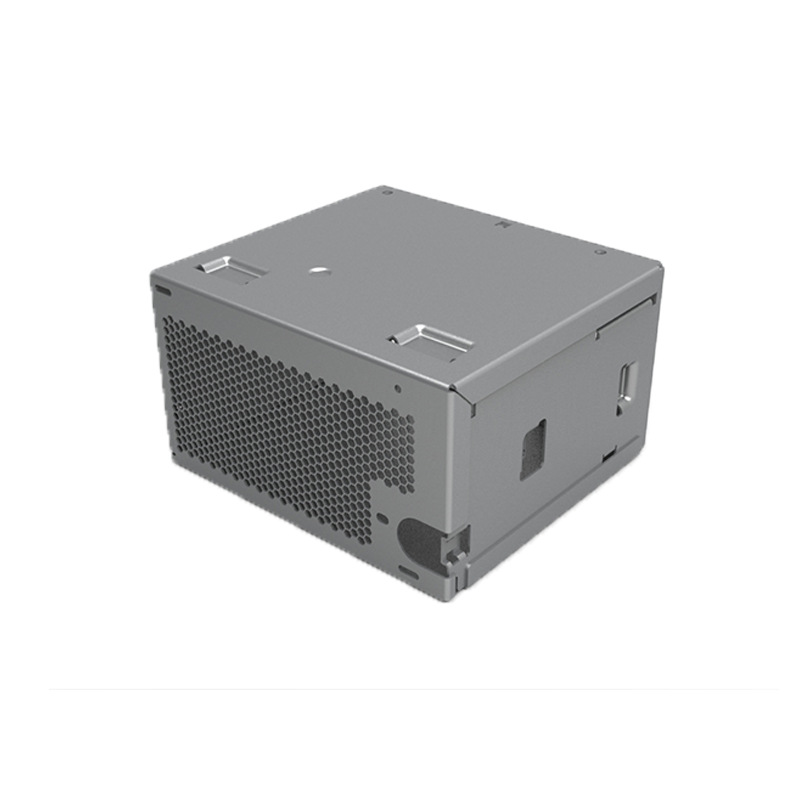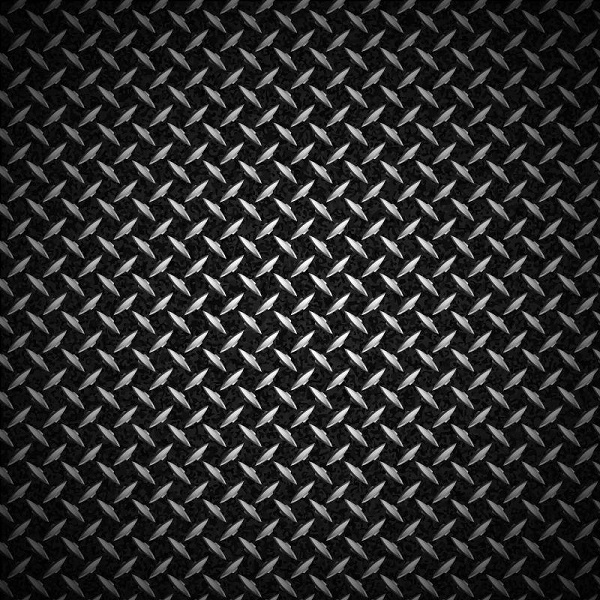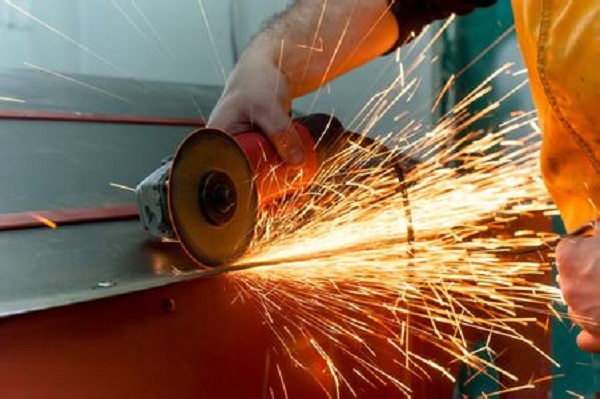Introduction
Manufacturers and fabricators often face a range of challenges when selecting materials for their projects. When it comes to sheet metal, common pain points include finding a material that offers both high strength and good formability, ensuring consistent dimensional accuracy across large production runs, and achieving a smooth surface finish without extensive post-processing. Additionally, balancing cost - effectiveness with performance can be a struggle, especially for applications where both durability and aesthetics matter. Cold-rolled steel emerges as a strong candidate to address these issues, and in this article, we'll explore its material properties, manufacturing process, applications, and the performance benefits it brings.
Material Properties of Sheet Metal Cold-Rolled Steel
Mechanical Properties
- Tensile Strength and Yield Strength: Cold-rolled steel boasts impressive tensile strength and yield strength compared to hot-rolled steel. This is due to the work hardening that occurs during the cold - rolling process. For example, a typical cold - rolled steel sheet can have a tensile strength ranging from 300 - 700 MPa, while hot - rolled steel of similar composition might have a tensile strength of 250 - 500 MPa. The yield strength of cold - rolled steel is also higher, usually in the range of 200 - 600 MPa, which means it can withstand more stress before permanent deformation sets in. This makes it ideal for applications where structural integrity is crucial, such as automotive body panels and mechanical parts.
- Elongation and Hardness: While cold - rolled steel has higher strength, it has lower elongation than hot - rolled steel. Elongation values typically range from 2% - 20%, depending on the degree of cold working. This lower elongation means it's less ductile, but it also results in higher hardness. The Brinell hardness of cold - rolled steel can be between 70 - 180, which is significantly higher than that of hot - rolled steel (around 60 - 120). This increased hardness enhances wear resistance, making it suitable for parts that experience friction, like some industrial equipment components.
Physical Properties
- Surface Finish and Dimensional Accuracy: One of the most notable features of cold-rolled steel is its smooth surface finish. The cold - rolling process flattens the surface, removing the rough, scaled texture typical of hot - rolled steel. This smooth surface reduces the need for additional finishing steps, which is a big advantage for applications like appliances and decorative items where appearance is important. Additionally, cold - rolled steel offers excellent dimensional accuracy. The tight thickness tolerance (often within ±0.01 mm) ensures consistency across sheets, which is vital for metal stamping and fabrication processes where precise fits are required.
- Grain Structure and Material Purity: The cold - rolling process refines the grain structure of the steel, making it more uniform and finer. This refined grain structure contributes to its improved mechanical properties. Cold - rolled steel also tends to have higher material purity because it undergoes processes like pickling (removing oxides) before cold rolling, which reduces impurities. This purity helps in enhancing its performance in applications where reliability is key, such as electrical enclosures.
- Corrosion Resistance and Magnetic Properties: In its bare form, cold-rolled steel has moderate corrosion resistance, similar to hot - rolled steel. However, when combined with coating processes like galvanizing or painting, its corrosion resistance is significantly enhanced. This makes coated cold - rolled steel suitable for outdoor applications such as construction materials and architectural elements. Cold - rolled steel is also ferromagnetic, meaning it has good magnetic properties. This makes it useful in electrical applications where magnetic fields are involved, such as in some electrical enclosures and components.
Manufacturing Process of Sheet Metal Cold-Rolled Steel
Preceding and Core Processes
- Hot Rolling (Preceding Process): The manufacturing of cold-rolled steel starts with hot rolling. Steel is heated above its recrystallization temperature (around 1000°C) and rolled into sheets. This hot - rolled steel serves as the raw material for cold rolling, with a typical thickness ranging from 2 - 25 mm.
- Pickling: After hot rolling, the steel sheets are pickled. This process involves immersing the sheets in an acid solution (usually hydrochloric or sulfuric acid) to remove oxides and scale from the surface. Pickling ensures a clean surface, which is essential for achieving a good surface finish during cold rolling and for proper adhesion of subsequent coating layers.
- Cold Rolling: The pickled hot - rolled sheets are then passed through a series of cold rolling mills. In cold rolling, the steel is rolled at room temperature, which causes work hardening. The roll configuration (arrangement of rolls) and tension control are critical here. The tension keeps the sheet flat and prevents wrinkling, while the roll configuration determines the final thickness and surface quality. Cold rolling reduces the thickness of the sheet by 20% - 90%, depending on the desired final thickness.
- Annealing: After cold rolling, the steel becomes hard and brittle due to work hardening. Annealing is a heat treatment process where the steel is heated to a temperature (usually 600 - 800°C) and held there for a specific time, then slowly cooled. This process relieves internal stresses, restores ductility, and refines the grain structure further. Annealing is often used for cold - rolled steel that needs to be formed into complex shapes, as it improves formability.
Finishing Processes
- Coiling: After cold rolling and any necessary annealing, the steel sheets are wound into coils for easy storage and transportation. Coiling also helps in maintaining the dimensional accuracy of the sheets.
- Surface Treatment and Coating: Depending on the application, cold - rolled steel may undergo surface treatment or coating. Common coatings include galvanizing (applying a zinc layer) for corrosion resistance, and painting for both protection and aesthetics. These processes enhance the performance and appearance of the cold - rolled steel, expanding its range of applications.
- Quality Inspection: Throughout the manufacturing process, quality inspection is carried out. This includes checking thickness tolerance, surface finish, and mechanical properties like tensile strength and hardness. Advanced techniques such as ultrasonic testing may be used to detect internal defects, ensuring that the final product meets the required standards.
Applications of Sheet Metal Cold-Rolled Steel
Automotive and Appliance Industries
- Automotive Body Panels: The high strength, dimensional accuracy, and smooth surface finish of cold-rolled steel make it a top choice for automotive body panels. It can be formed into complex shapes with precise dimensions, and its strength provides structural support. Additionally, its smooth surface is ideal for painting, giving cars a sleek finish.
- Appliances and White Goods: Appliances like refrigerators, washing machines, and ovens rely on cold - rolled steel for their outer panels and internal components. The smooth surface finish enhances their aesthetic appeal, while the dimensional accuracy ensures that parts fit together perfectly. Its strength also makes it durable enough to withstand the daily use these appliances undergo.
Construction and Industrial Uses
- Construction Materials and Architectural Elements: Cold - rolled steel is used in construction materials such as roofing, wall panels, and studs. When coated, it offers good corrosion resistance, making it suitable for outdoor use. In architectural elements like railings and facades, its smooth surface finish and ability to be formed into various shapes add to the visual appeal of buildings.
- Industrial Equipment and Mechanical Parts: Industrial equipment often requires components with high strength and precise dimensions, which cold-rolled steel provides. It's used in the manufacturing of gears, shafts, and frames. Mechanical parts made from cold - rolled steel benefit from its good formability and consistent properties, ensuring reliable performance.
Other Applications
- Electrical Enclosures: The dimensional accuracy and material purity of cold - rolled steel make it suitable for electrical enclosures. These enclosures need to protect electrical components from external factors, and the precise dimensions of cold - rolled steel ensure a secure fit. Its magnetic properties can also be advantageous in some electrical applications.
- Furniture and Decorative Items: In the furniture industry, cold - rolled steel is used to make frames, legs, and other structural parts. Its strength and formability allow for the creation of sturdy and stylish furniture. For decorative items, its smooth surface finish can be polished or coated to achieve the desired look, making it a versatile material for interior design.
Performance and Benefits of Sheet Metal Cold-Rolled Steel
High Performance in Various Aspects
- High - strength: The work hardening from cold rolling gives cold-rolled steel high strength, making it capable of withstanding heavy loads and stresses. This strength is crucial for applications where structural integrity is a priority, such as automotive and construction.
- Improved Formability: Despite its higher strength, cold - rolled steel has good formability when properly annealed. This allows it to be shaped into complex geometries through processes like metal stamping and bending, which is essential for creating a wide range of parts.
- Enhanced Corrosion Resistance (with coatings): While bare cold - rolled steel has moderate corrosion resistance, coated versions offer excellent protection against rust and environmental damage. This extends the lifespan of products made from it, reducing maintenance costs.
Cost - effectiveness and Versatility
- Cost - effectiveness: Cold - rolled steel offers good value for money. While it may be more expensive than hot - rolled steel initially, its smooth surface finish and dimensional accuracy reduce the need for additional processing steps, saving on overall production costs. Its durability also means products made from it have a longer lifespan, providing long - term cost savings.
- Wide range of thicknesses: Cold - rolled steel is available in a wide range of thicknesses (from very thin sheets, around 0.1 mm, to thicker sheets up to 3 mm). This versatility allows it to be used in a variety of applications, from thin electrical enclosures to thicker mechanical parts.
- Customizability: The ability to apply different coating and surface treatment options makes cold-rolled steel highly customizable. Manufacturers can tailor it to meet specific requirements for corrosion resistance, appearance, and other properties, making it suitable for a diverse range of applications.
Yigu Technology's Perspective
As a parts custom manufacturing supplier, Yigu Technology recognizes the versatility and performance of sheet metal cold-rolled steel. Our expertise in metal stamping, fabrication, and coating processes allows us to leverage its properties to create high - quality components. We ensure strict quality control throughout production, from selecting the right cold - rolled steel sheets to applying precise finishes, meeting the needs of automotive, appliance, and construction industries. Whether for custom mechanical parts or architectural elements, we deliver reliable, cost - effective solutions using cold - rolled steel.
FAQs
- How does cold - rolled steel differ from hot - rolled steel in terms of surface finish?
- Cold - rolled steel has a much smoother surface finish than hot - rolled steel. Hot - rolled steel has a rough, scaled surface due to the high - temperature rolling process, while cold - rolling flattens and polishes the surface, resulting in a sleek appearance.
- Can cold - rolled steel be welded easily?
- Yes, cold - rolled steel can be welded, but it may require more care than hot - rolled steel. Its higher carbon content (in some grades) can make it more prone to cracking during welding, so proper welding techniques and filler materials are important. Annealed cold - rolled steel is easier to weld due to its improved ductility.
- What is the typical lifespan of coated cold - rolled steel in outdoor applications?
- The lifespan depends on the type of coating and the environmental conditions. Galvanized cold - rolled steel can last 20 - 50 years in outdoor environments, while painted cold - rolled steel can last 10 - 30 years, depending on the quality of the paint and exposure to elements like moisture and salt.
